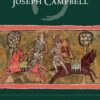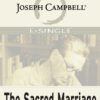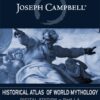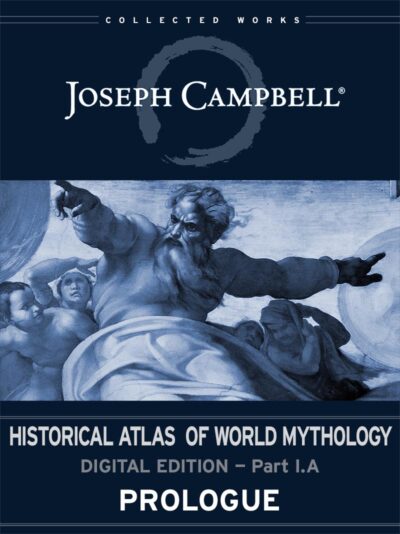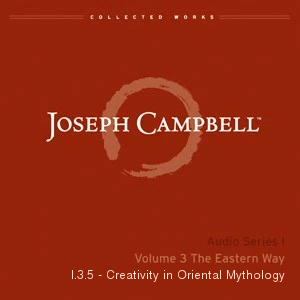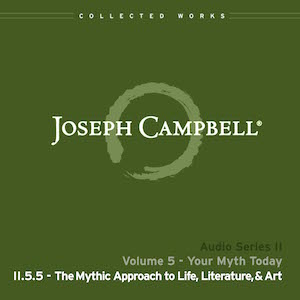Description
We live, today, in a terminal moraine of myths and mythic symbols, fragments large and small of traditions that formerly inspired and gave rise to civilizations. Our prevailing, Newtonian world view is of a three-dimensional space, “always similar and immovable,” within which changes occur through a dimension of time that is also continuous, absolute, and enduring. Here material bodies, drawn and held together by a mysterious force called “gravity,” are moved according to mechanical laws of cause and effect, the cause of the world itself being represented as the act of a deity generally envisioned as an anthropomorphic “spiritual” body, intangible, yet capable of functioning physically as a “First Cause”—such a one as appears in Michelangelo’s representation of The Beginning, on the ceiling of the Sistine Chapel in Rome.” — Joseph Campbell
In this first title in the release of the Historical Atlas of World Mythology — Digital Edition, Joseph Campbell begins his exploration of the development of myth across continents and millenniums. In the prologue, “The Mythological Dimension,” he introduces his theme: the ways in which myth has served both a universal, unifying tool across cultures, and as a distinguishing factor between them.
The second half of this ebook is made up of creation myths — familiar and unfamiliar — from every inhabited corner of the the world, from Asia, Europe, Africa, Australia, and North, Central, and South America, which bring marvelously to light the burden of Campbell’s thesis.
Joseph Campbell’s multivolume Historical Atlas of World Mythology, his magnum opus, marked the culmination of his brilliant career as scholar, writer, teacher, and one of the foremost interpreters of our most sacred traditions.
Campbell described his work as an attempt to tell humankind’s “One Great Story” — our saga of spiritual awakening and the subsequent development of the many different mythological perspectives that have shaped us throughout time. His central theme is that our seemingly disparate spiritual traditions are neither discrete nor unique, but rather each is simply an “ethnic manifestation” of one or another of those “elemental ideals” that have forever transfixed the human psyche.
For more information about the Historical Atlas, the table of contents, publishing schedule, myth-motif index, and other information, visit the Historical Atlas of World Mythology.



